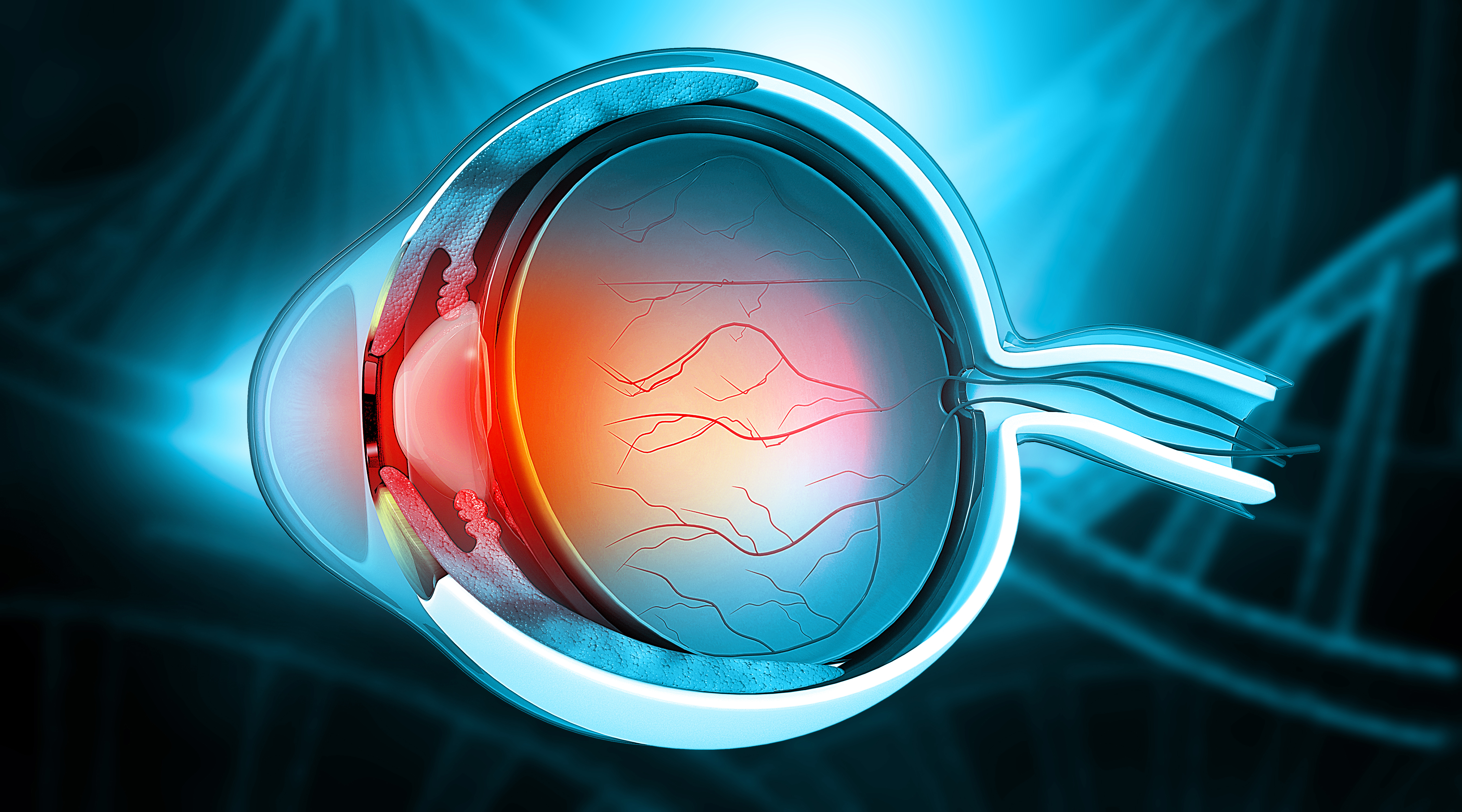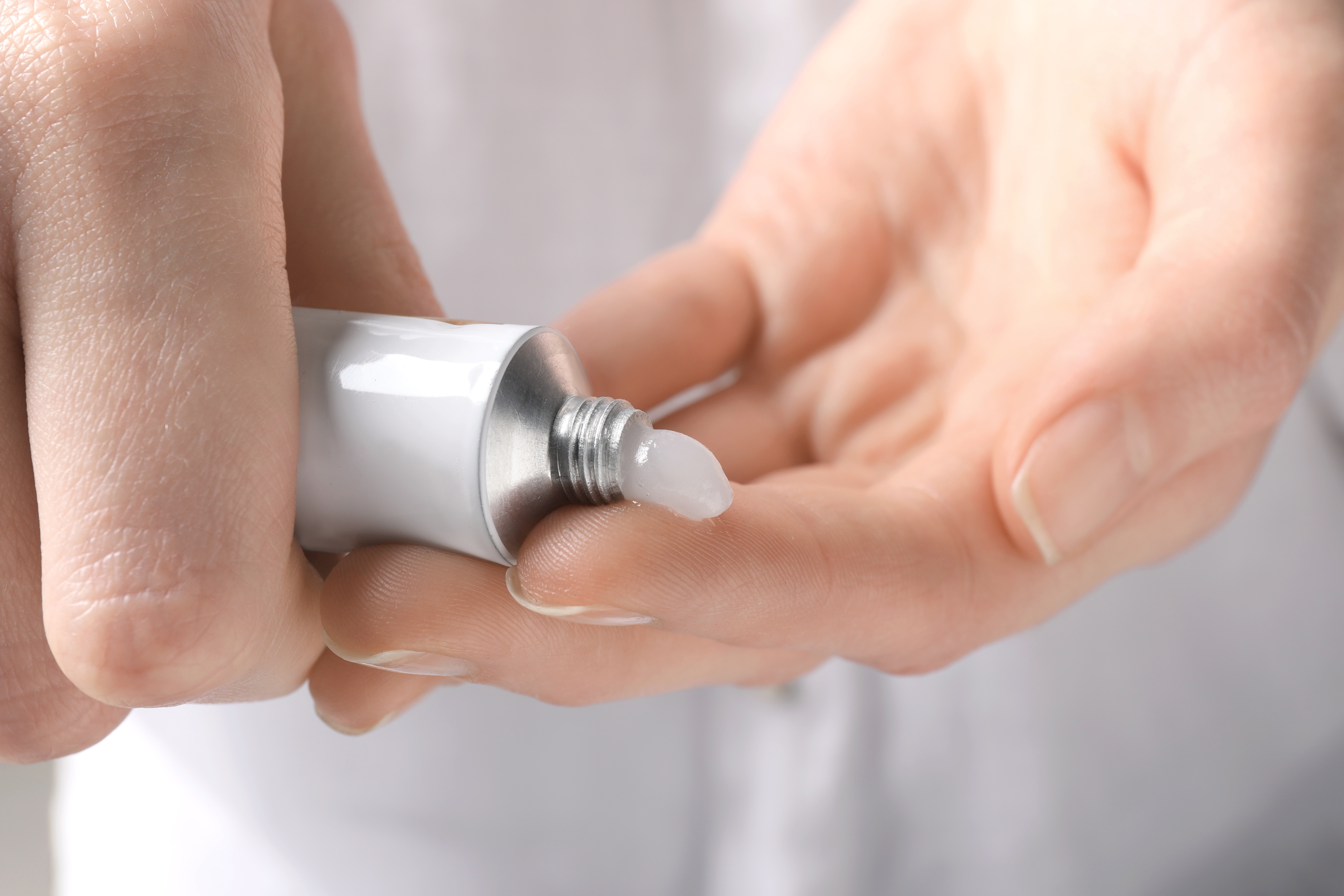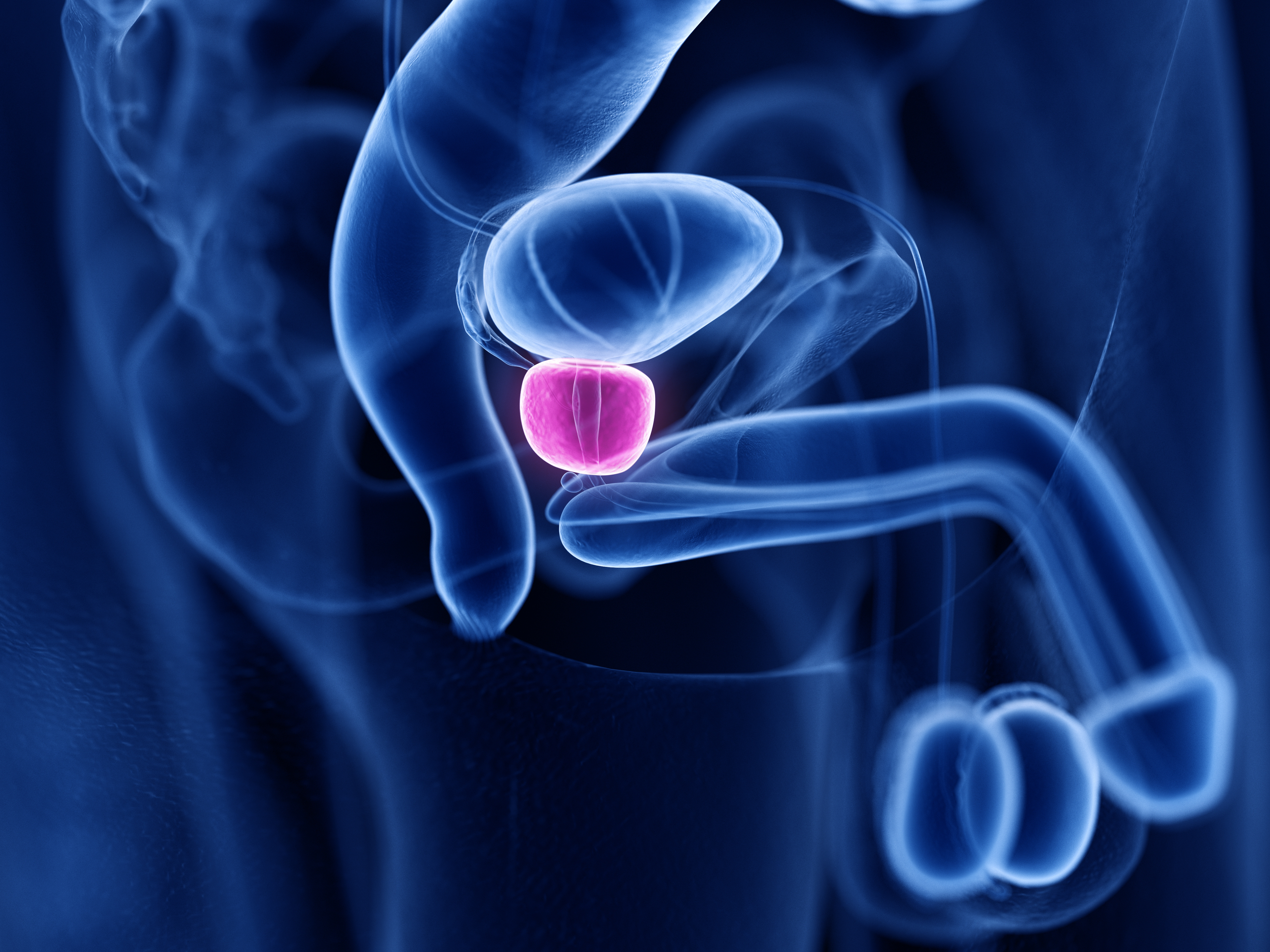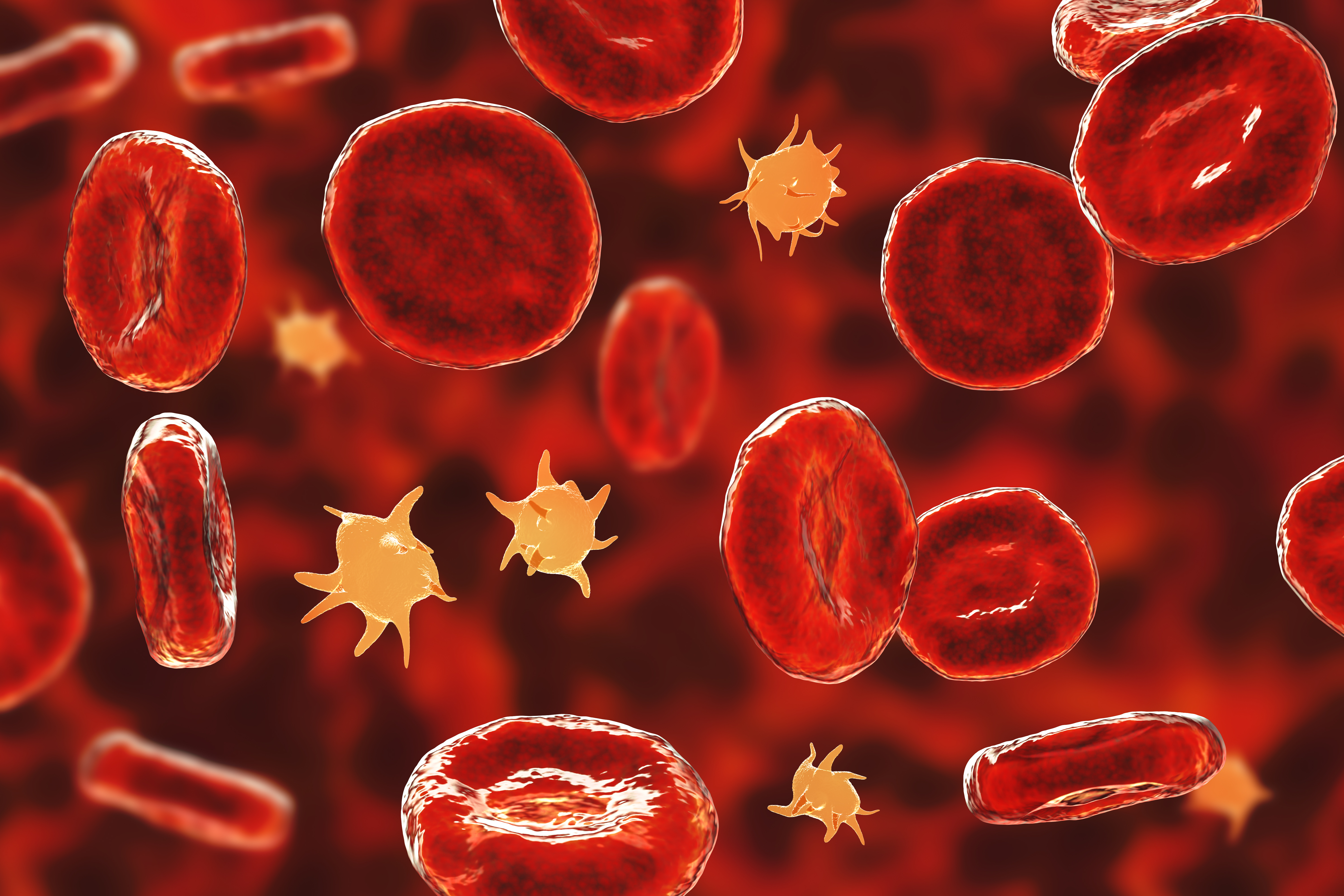Home

With the resources of the SUNY Research Foundation, and our history of successful partnerships, we are here to help move biomedical products and ideas to market.

Our scientists and core facilities can help move discoveries into practice and technologies into the marketplace.

Upstate is home to top research facilities with highly specialized equipment and advanced instrumentation, to support research and product development.

We are here to create the relationships and partnerships needed to move innovative ideas forward.
Upstate Biotech Ventures
In a partnership between Empire State Development, Upstate Medical University, the SUNY Research Foundation, and Excell Partners, the newly-launched Upstate Biotech Ventures invests in high-potential startups and small businesses affiliated with Upstate Medical University to drive research and technology innovation.
Recent Tech from SUNY Upstate

Novel tools that promote the delivery of therapeutics to treat inner retinal diseases such as diabet...
Novel tools that promote the delivery of therapeutics to treat inner retinal diseases such as diabetic retinopathy, retinal vein occlusion, and retinitis pigmentosa. Background:
Non-surgical access to tissues for direct biological manipulation, e.g. gene transfer, stem cell transplantation, and drug delivery, can be difficult because many tissues and organs are surrounded with, and protected by, a nearly impenetrable barrier called the basement membrane (BM). In the eye, the inner limiting membrane (ILM) is a special BM that prevents movement into the retina from the vitreous. Current methods to circumvent the ILM involve its physical or enzymatic removal and have limited efficacy. As a result, successful cell- and gene- based therapies have targeted a subretinal approach, which has proven effective for the outer retina, but is of extremely limited use for the inner retina. Technology Overview:
This technology describes the use of Ntn4-based molecules to disrupt the laminin polymer needed to form the ILM, allowing for access to these otherwise inaccessible tissues, and for therapies based on that access. This approach is also applicable to a wide variety of other tissues that contain a basement membrane that block the delivery of therapeutic agents. Of particular interest are organs with hard-to-breach BMs, including the kidney glomerulus, cornea and lens capsule, and the dermal/epidermal junction of the skin. https://suny.technologypublisher.com/files/sites/adobestock_4964568011.jpegAdvantages:
• Provides non-surgical access to inner retinal tissues.
• Promotes gene-based and cell-based therapeutics in inner retinal diseases.
• Applicable to a wide variety of other tissues. Applications:
Manipulate the molecular structure of the ILM to promote integration of neural stem cells, viral transfection, or small molecule delivery for the treatment of diabetic retinopathy, retinal vein occlusion, and retinitis pigmentosa and other inner retinal diseases. Intellectual Property Summary: Provisional patent application filed: 63/709,982Stage of Development:
TRL 3 – Experimental proof of concept Licensing Status:
This technology is available for licensing.Licensing Potential:
This technology would be of interest to entities involved in gene therapy, stem cell therapy, and targeted drug delivery. Potential licensees include biopharmaceutical companies, ophthalmology-focused biotech firms, regenerative medicine developers, and platform technology companies seeking to enhance delivery of biologics or cell-based therapies across tissue barriers

We anticipate that this topical treatment will increase genital sensitivity in women, facilitating s...
We anticipate that this topical treatment will increase genital sensitivity in women, facilitating sexual arousal and helping treat sexual dysfunction. Background:
As the population ages, there has been increased focus around sexual dysfunction as a medical issue. This has resulted in a number of successful treatments that ameliorate sexual dysfunction in men. However, treatments aimed at woman have not been nearly as effective. One of the reasons for this is that female sexual dysfunction is complex. At least one likely factor contributing to female dysfunction is diminished genital sensitivity arising from loss of sensory nerve fibers in the clitoris and vagina.Technology Overview:
This technology is based on the hypothesis that topical 4-aminopyridine (4-AP) may enhance the sensitivity of the sensory nerves in the genital region and increase female sexual arousal. This medication has already been approved for oral use to improve neuronal function in conditions where either peripheral nerves or central neurons have impaired transmitter release or defective axonal conduction. We believe that 4-AP’s ability to prolong action potentials and facilitate the repetitive firing of neurons will allow it to be used topically as a treatment for sexual dysfunction. https://suny.technologypublisher.com/files/sites/adobestock_5878419381.jpegAdvantages:
• Easy and safe topical application
• Uses medication that has already been approved for a different purpose. Applications:
The primary use for this technology is for treatment of female sexual dysfunction. Intellectual Property Summary:
Patent Issued: US10888552B2, “Treatment of disorders of sexual arousal with local application of agents that increase membrane excitability” (see also https://patents.google.com/patent/US10888552B2/en). Stage of Development:
TRL 2, Technology concept and/or application formulated.Licensing Status:
This technology is available for licensing.Licensing Potential:
This technology would be of interest to anyone involved in the treatment of female sexual dysfunction, including:
• Pharmaceutical companies.
• Hospitals.
• Health care providers.
• Medical research laboratories.

Provides new pathways for biomarkers and drug discovery for cancer patients. Background: The gene A...
Provides new pathways for biomarkers and drug discovery for cancer patients. Background:
The gene Abelson interactor protein-1 (ABI1) encodes a member of the Abelson-interactor family of adaptor proteins. These proteins facilitate signal transduction as components of several multiprotein complexes, and regulate actin polymerization and cytoskeletal remodeling through interactions with Abelson tyrosine kinases. The androgen receptor (AR) protein functions as a steroid-hormone activated transcription factor. ABI1 and AR are widely expressed in human tissues. Many cancers show sex-specific tumorigenesis, tumor progression, and sensitivity to hormonal drugs. The ABI1-AR axis might play critical roles in these tissue and drug sensitivities and toxicities. For example, ABI1 regulates a specific subset of genes associated with prostate tumor progression. These genes are biomarkers and potential targets of tumor progression.
Technology Overview:
This technology defines ABI1-AR reciprocal regulation involving two non-exclusive molecular mechanisms of ABI1-AR and ABI1-DNA interactions. ABI1-DNA binding activity predicts survival of prostate cancer patients. ABI1 binds AR via a multivalent interaction. The ABI1-AR transcriptional program is altered during tumor progression and by anti-androgen treatments, suggesting that ABI1 is a key plasticity regulator in PCa by coupling its actin regulatory and signaling functions to transcriptional regulation. ABI1-AR reciprocal regulation has far reaching implications for tumor plasticity and androgen-sensitive pathogenesis. These interactions are co-regulated during PCa evolution and clinical treatment promoting tumor plasticity and progression. This provides new paths for biomarker and drug design discovery in PCa. https://suny.technologypublisher.com/files/sites/adobestock_282277912.jpegAdvantages:
• Provides a novel mechanism for predicting survival rates among cancer patients.
• May enable drug discovery for a wide variety of cancers. Applications:
The primary applications for this technology are the development of biomarkers for assessing cancer patient survival rates, and drug discovery. Intellectual Property Summary: US Provisional Patent Application Ser. No. 63/463,457, filed May 2, 2023. Stage of Development:
TRL 3 - Experimental proof of concept Licensing Status:
This technology is available for licensing.Licensing Potential:
This technology would be of interest to anyone involved in the development of biomarkers and/or therapeutics for cancer, including:
• Pharmaceutical companies.
• Hospitals.
• Medical research laboratories.
• Universities.

A serotonin release assay that requires no special training or expensive equipment, and produces re...
A serotonin release assay that requires no special training or expensive equipment, and produces results within hours. Background:
Platelet serotonin release assay (SRA) is a widely-used clinical assay for diagnosing heparin-induced thrombocytopenia (HIT), a life-threatening complication of heparin treatment. The current SRA procedure entails sending patient serum to a facility for testing by radioactive serotonin uptake/release or by mass spectrometry. Both assay methods require specialized equipment and trained personnel, with a turnaround time typically between three to seven days. Unfortunately, the mortality of HIT increases significantly with each passing day. As a result, quicker SRA turnaround time could save lives. Ideally, point-of-care facilities would obtain SRA results within hours, using inexpensive equipment and no special training to perform.Technology Overview:
This technology is a luminescent biosensor that changes from green to blue in the presence of a target analyte. The biosensor consists of two molecules. The first is a specially designed green-to-blue color-changing luminescent protein (nLuc-AFF). The second is one or more short (20-50 nucleotide) DNA hairpins or DNA aptamers of novel design. These bind the target DNA sequence, RNA sequence, small molecule, or protein. Upon binding, the AP-1 sequence becomes exposed and activates the biosensor. The biosensor can be readily adapted to recognize different targets by modifying the DNA component, using existing online DNA design tools. The color change is visible and detection/quantification is via cell phone camera. https://suny.technologypublisher.com/files/sites/adobestock_446068375.jpegAdvantages:
• Produces results within hours.
• Requires no special training or expensive equipment.
• Can be easily adapted to recognize a variety of targets.
Applications:
• Improved platelet SRA for diagnosing HIT.
• Rapid detection of virus or other pathogen infection, such as coronavirus or cytomegalovirus.
• Rapid detection of disease biomarkers such as microRNA, metabolites, or aberrant proteins.
Intellectual Property Summary:
Know-how basedStage of Development:
TRL 3 - Experimental proof of concept Licensing Status:
This technology is available for licensing.Licensing Potential:
This technology would be of interest to anyone involved in the development of methods for detection of HIT and other conditions. These include:
• Pharmaceutics companies.
• Hospitals.
• Medical research laboratories.
• Universities.




